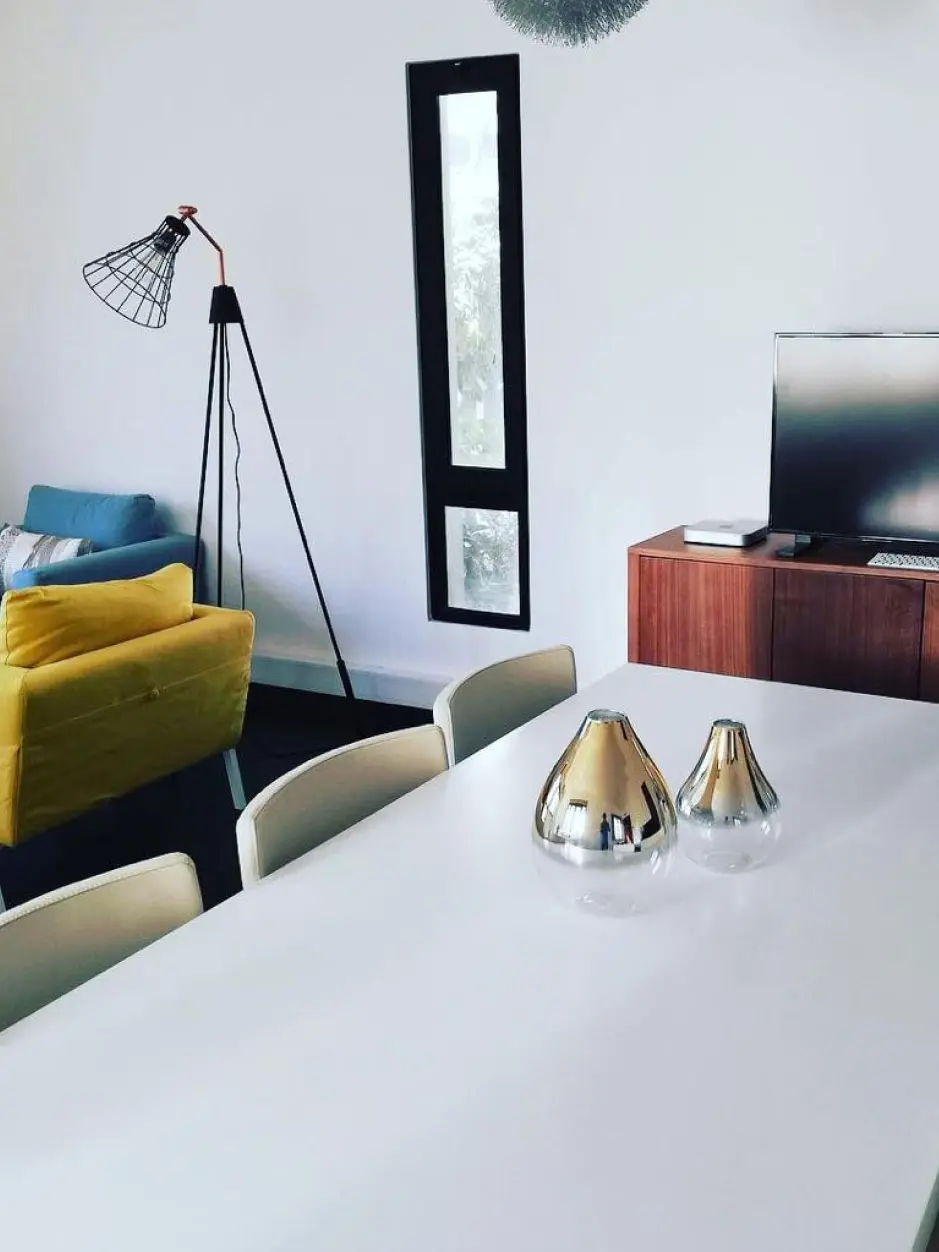SENSE SEAT Is It Possible to Revolutionise the Work Desk?

Over the last few decades, workspaces have undergone significant changes especially regarding how people work together and how companies position themselves.
The trend has been to trade formal/closed spaces for open floors or co-working spaces. This evolution is due to the adjustment of what is our society’s current labor force. The new generation that makes up the active population today is very digital and connected. This leads to different mentalities in daily life and work. Office space design went on to reflect this with a motto of stimulating collaboration with a punch of coolness.
HOWEVER, QUITE OFTEN AN EMPLOYEE SIMPLY NEEDS THE TIME, THE RIGHT SPACE AND AMBIENCE TO FOCUS OR RELAX IN ORDER TO COMPLETE THE TASK AHEAD.
CO-WORKING SPACES AND OPEN FLOOR PLANS MAKE THIS HARDER.
THERE IS ALWAYS SOME SORT OF DISTRACTION, VISUAL CUES OR BUZZ. PEOPLE GET APPROACHED QUITE OFTEN AND THE NEEDED FOCUS DECREASES.
Our own R&D Lab started thinking about this kind of issues, researching on the topics of creativity and productivity in workspaces. Despite the technological evolution and the paradigmatic changes of the workspace over the years, an office chair hasn’t evolved for more than 100 years in terms of its core functionality.
There were attempts to incorporate technology but without real value or disruption, because designers added some tech elements just to state they were creating “something different” or “technological” (e.g. an USB charger).
Based on our 10 year experience in designing immersive multimedia interactive spaces and creating minimalistic UX/UI, we approached this theme and launched our own R&D project to research, design and deploy interactive technological furniture for office spaces that through the combined use of sensors and actuators can – in a subliminal way – increase the productivity and creativity levels of its users, as well as their physical and mental well-being.
Our team included HCI researchers, software engineers, designers, industrial product designers, psychologists and architects and it came up with a piece of furniture that – with an unique design – incorporated pressure sensors, interior lighting, 3D sound and chair magnets, all controlled through a mobile app that would also register working habits, periods and preferences.
A prototype has been fully built and deployed, and has been quite praised by users and investors. This R&D project also translated in more than 7 scientific papers published in top international conferences, 2 European-level patent-pending, 2 utility models and design registration.
You may find out more about our SENSE-SEAT project on the official website.

News





